Recombinant Mouse Probable phospholipid-transporting ATPase IA (Atp8a1), partial
-
中文名稱:Recombinant Mouse Probable phospholipid-transporting ATPase IA(Atp8a1) ,partial
-
貨號:CSB-YP002416MO
-
規(guī)格:
-
來源:Yeast
-
其他:
-
中文名稱:Recombinant Mouse Probable phospholipid-transporting ATPase IA(Atp8a1) ,partial
-
貨號:CSB-EP002416MO
-
規(guī)格:
-
來源:E.coli
-
其他:
-
中文名稱:Recombinant Mouse Probable phospholipid-transporting ATPase IA(Atp8a1) ,partial
-
貨號:CSB-EP002416MO-B
-
規(guī)格:
-
來源:E.coli
-
共軛:Avi-tag Biotinylated
E. coli biotin ligase (BirA) is highly specific in covalently attaching biotin to the 15 amino acid AviTag peptide. This recombinant protein was biotinylated in vivo by AviTag-BirA technology, which method is BriA catalyzes amide linkage between the biotin and the specific lysine of the AviTag.
-
其他:
-
中文名稱:Recombinant Mouse Probable phospholipid-transporting ATPase IA(Atp8a1) ,partial
-
貨號:CSB-BP002416MO
-
規(guī)格:
-
來源:Baculovirus
-
其他:
-
中文名稱:Recombinant Mouse Probable phospholipid-transporting ATPase IA(Atp8a1) ,partial
-
貨號:CSB-MP002416MO
-
規(guī)格:
-
來源:Mammalian cell
-
其他:
產(chǎn)品詳情
-
純度:>85% (SDS-PAGE)
-
基因名:Atp8a1
-
Uniprot No.:
-
別名:Atp8a1; Atpc1; Phospholipid-transporting ATPase IA; EC 7.6.2.1; ATPase class I type 8A member 1; Chromaffin granule ATPase II; P4-ATPase flippase complex alpha subunit ATP8A1
-
種屬:Mus musculus (Mouse)
-
蛋白長度:Partial
-
蛋白標簽:Tag?type?will?be?determined?during?the?manufacturing?process.
The tag type will be determined during production process. If you have specified tag type, please tell us and we will develop the specified tag preferentially. -
產(chǎn)品提供形式:Lyophilized powder
Note: We will preferentially ship the format that we have in stock, however, if you have any special requirement for the format, please remark your requirement when placing the order, we will prepare according to your demand. -
復溶:We recommend that this vial be briefly centrifuged prior to opening to bring the contents to the bottom. Please reconstitute protein in deionized sterile water to a concentration of 0.1-1.0 mg/mL.We recommend to add 5-50% of glycerol (final concentration) and aliquot for long-term storage at -20℃/-80℃. Our default final concentration of glycerol is 50%. Customers could use it as reference.
-
儲存條件:Store at -20°C/-80°C upon receipt, aliquoting is necessary for mutiple use. Avoid repeated freeze-thaw cycles.
-
保質(zhì)期:The shelf life is related to many factors, storage state, buffer ingredients, storage temperature and the stability of the protein itself.
Generally, the shelf life of liquid form is 6 months at -20°C/-80°C. The shelf life of lyophilized form is 12 months at -20°C/-80°C. -
貨期:Delivery time may differ from different purchasing way or location, please kindly consult your local distributors for specific delivery time.Note: All of our proteins are default shipped with normal blue ice packs, if you request to ship with dry ice, please communicate with us in advance and extra fees will be charged.
-
注意事項:Repeated freezing and thawing is not recommended. Store working aliquots at 4°C for up to one week.
-
Datasheet :Please contact us to get it.
靶點詳情
-
功能:Catalytic component of a P4-ATPase flippase complex which catalyzes the hydrolysis of ATP coupled to the transport of aminophospholipids from the outer to the inner leaflet of various membranes and ensures the maintenance of asymmetric distribution of phospholipids. Phospholipid translocation seems also to be implicated in vesicle formation and in uptake of lipid signaling molecules. In vitro, its ATPase activity is selectively and stereospecifically stimulated by phosphatidylserine (PS). The flippase complex ATP8A1:TMEM30A seems to play a role in regulation of cell migration probably involving flippase-mediated translocation of phosphatidylethanolamine (PE) at the plasma membrane. Acts as aminophospholipid translocase at the plasma membrane in neuronal cells; the activity is associated with hippocampus-dependent learning. May play a role in brain connectivity.
-
基因功能參考文獻:
- The data of this study strongly indicated that Atp8a1 plays a central role in the PM-APLT activity of some mammalian cells. PMID: 22007859
- role in normal phospholipid distribution in the bilayer, and for normal binding, penetration, and signaling by the zona pellucida PMID: 14975727
- ATPase activity of the secretory granule Atp8a1 is activated by phospholipids binding to a specific site PMID: 16618126
- APLT has a role in macrophage-induced nitrosylation/oxidation plays an important role in cell clearance PMID: 17229723
- Such observations suggest tissue-specific differences in transcription initiation complex assembly and regulation of ATPase II gene expression. PMID: 17239457
顯示更多
收起更多
-
亞細胞定位:Cytoplasmic vesicle, secretory vesicle, chromaffin granule membrane; Multi-pass membrane protein. Cytoplasmic granule. Cell membrane. Endoplasmic reticulum. Golgi apparatus. Cytoplasmic vesicle. Endomembrane system.
-
蛋白家族:Cation transport ATPase (P-type) (TC 3.A.3) family, Type IV subfamily
-
組織特異性:Found in most tissues except liver and testis. Most abundant in brain and lung. Also detected in fetal tissues. Isoform 1 is expressed in brain. Isoform 2 and isoform 3 are expressed in reticulocytes. Expressed in mouse hippocampus in both dentate gyrus (
-
數(shù)據(jù)庫鏈接:
Most popular with customers
-
Express system: Mammalian cell
Species: Homo sapiens (Human)
-
Recombinant Macaca mulatta Semaphorin-4D isoform 1 (SEMA4D), partial (Active)
Express system: Mammalian cell
Species: Macaca mulatta (Rhesus macaque)
-
Express system: Mammalian cell
Species: Macaca fascicularis (Crab-eating macaque) (Cynomolgus monkey)
-
Recombinant Human Glucagon-like peptide 1 receptor (GLP1R), partial (Active)
Express system: Mammalian cell
Species: Homo sapiens (Human)
-
Recombinant Rat Gastric inhibitory polypeptide receptor (Gipr), partial (Active)
Express system: Mammalian cell
Species: Rattus norvegicus (Rat)
-
Express system: Mammalian cell
Species: Macaca mulatta (Rhesus macaque)
-
Recombinant Human Tumor necrosis factor ligand superfamily member 15(TNFSF15) (Active)
Express system: Mammalian cell
Species: Homo sapiens (Human)


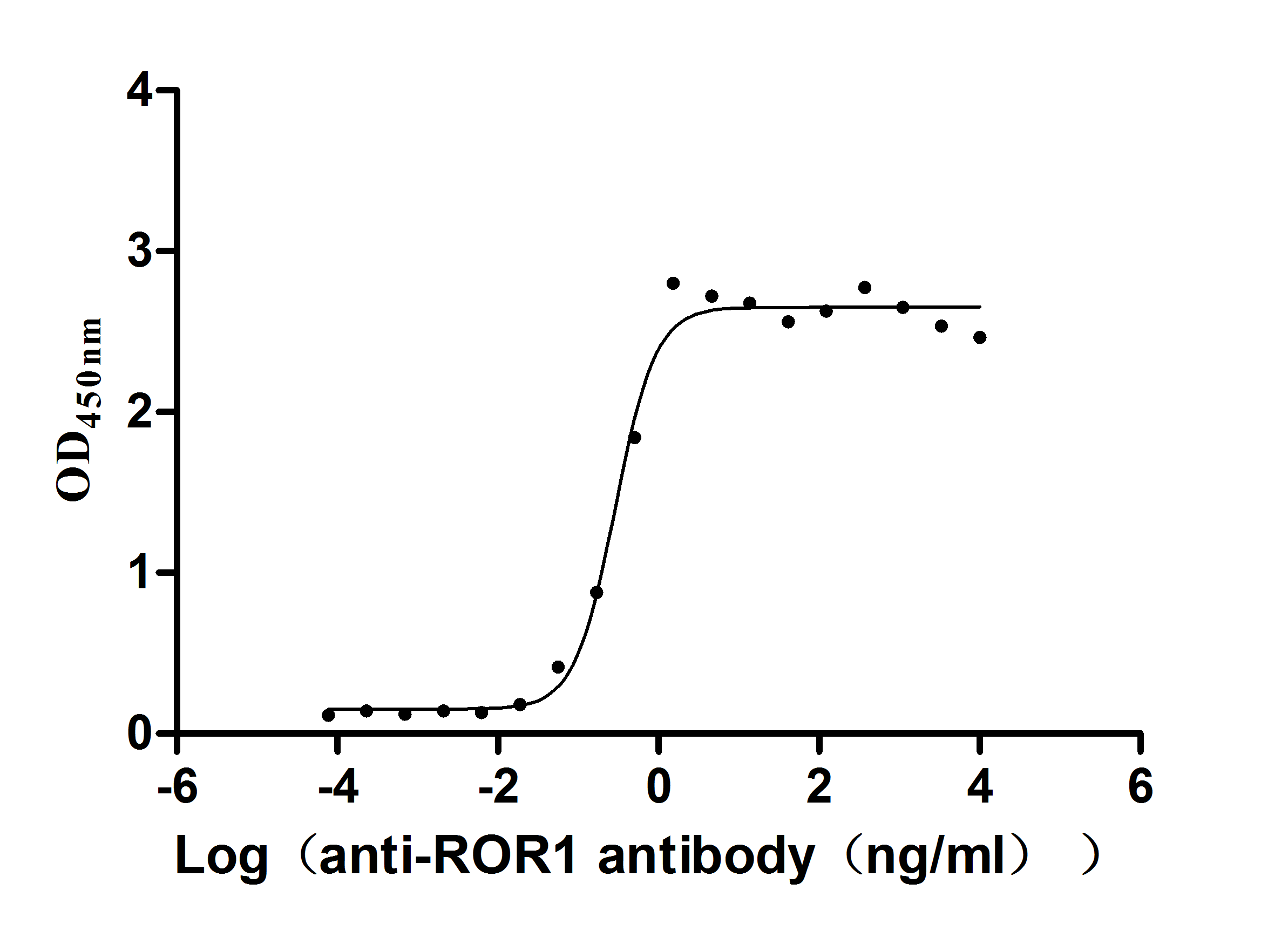
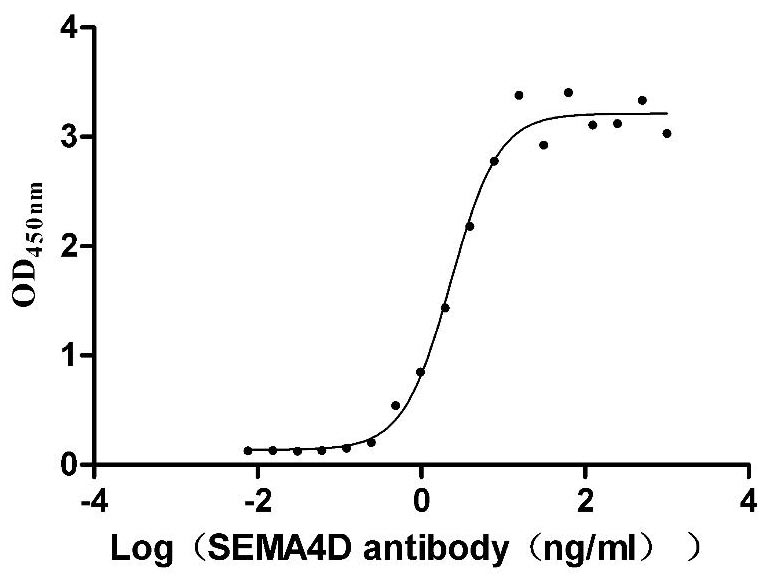
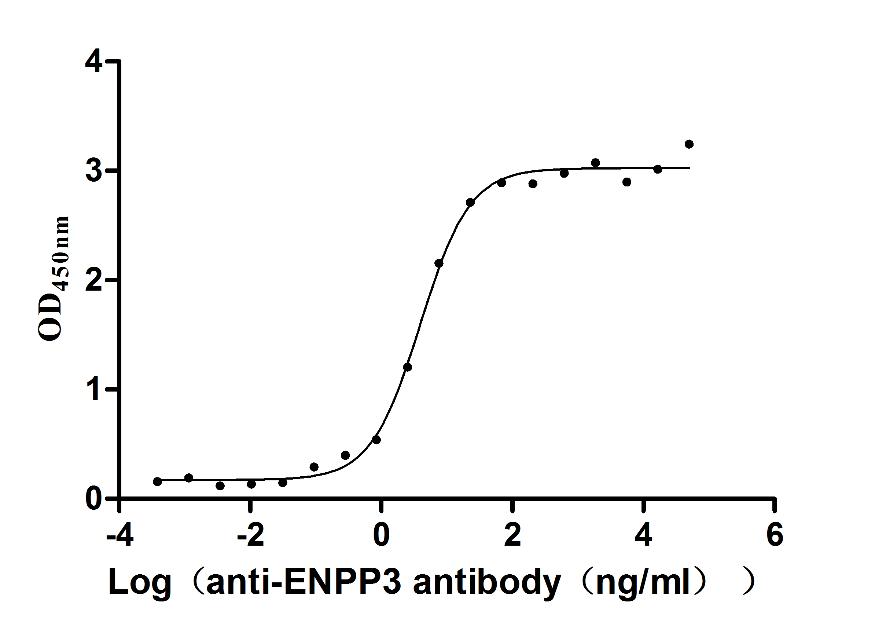
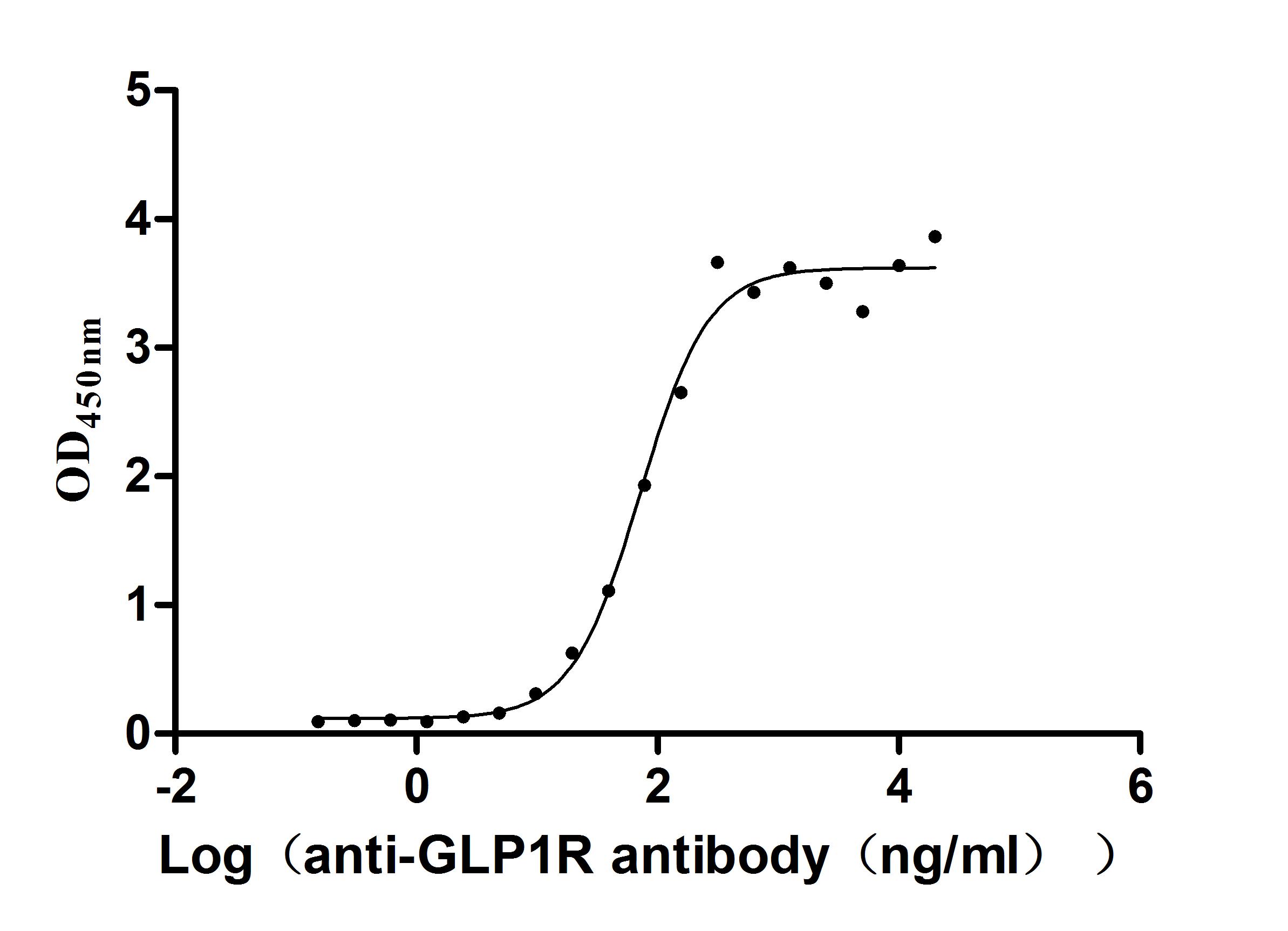
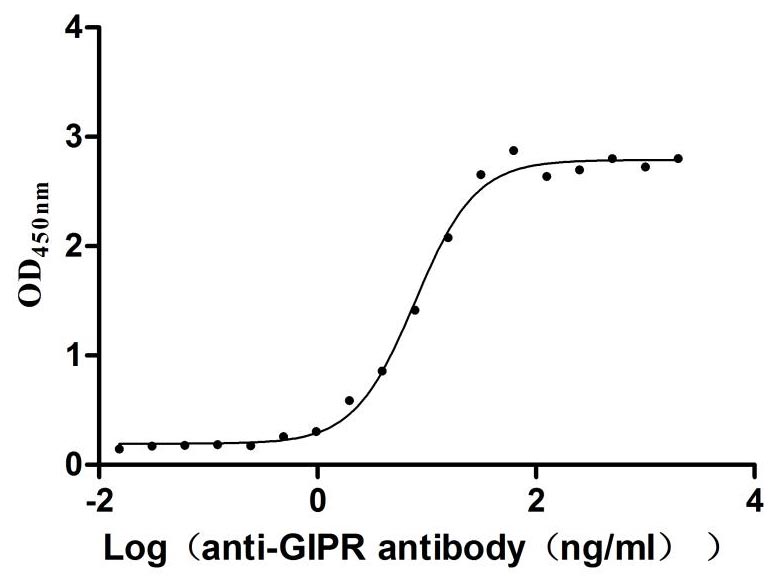

-AC1.jpg)









